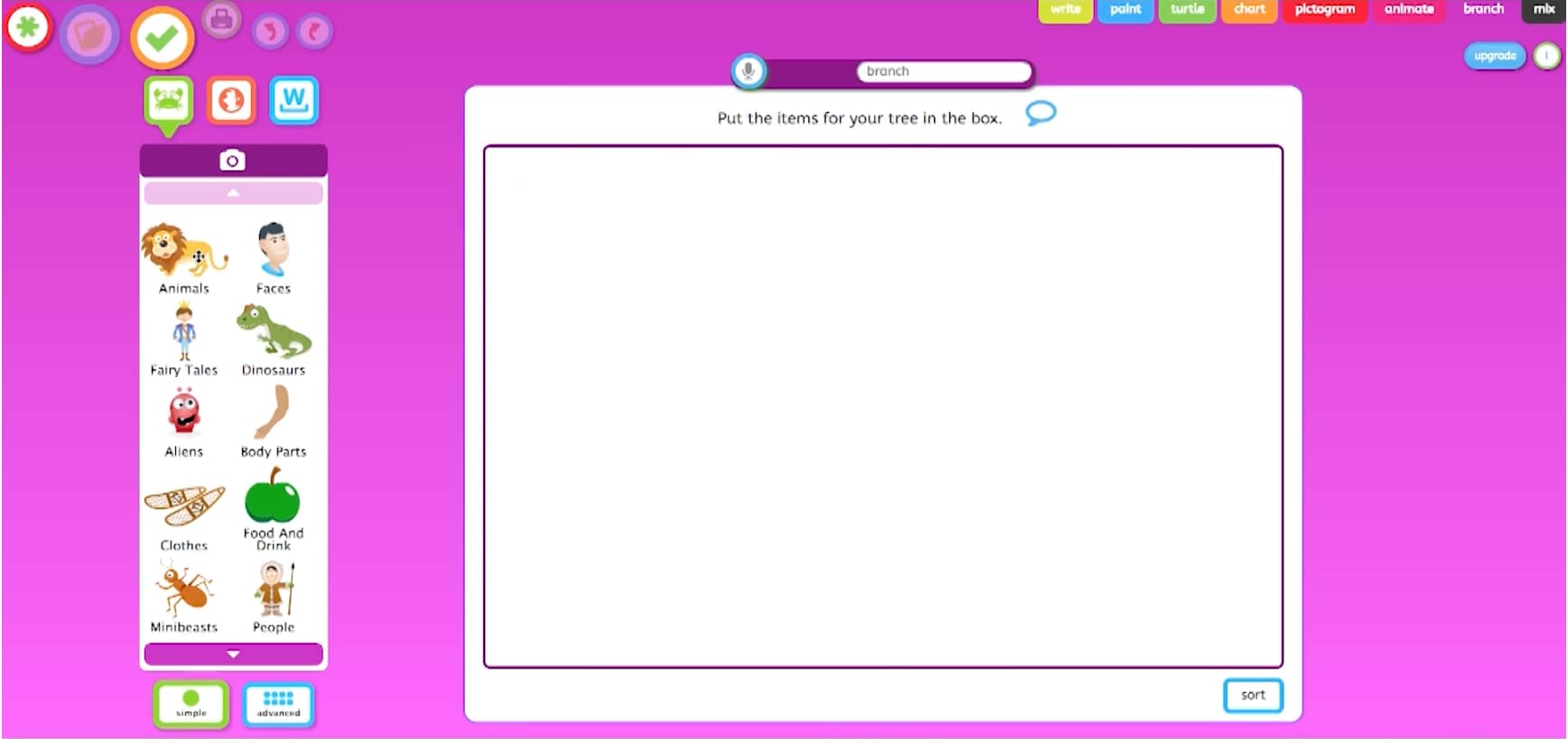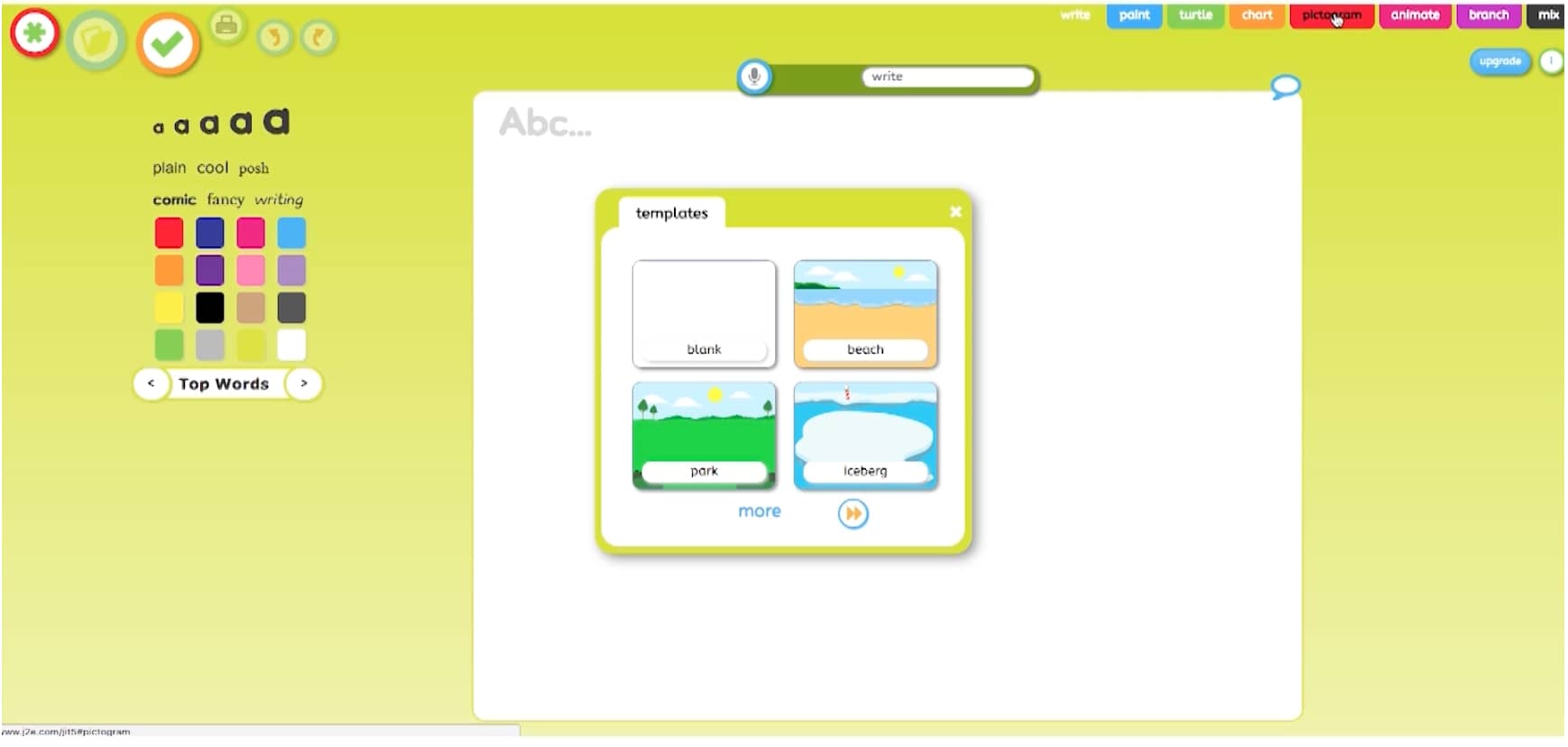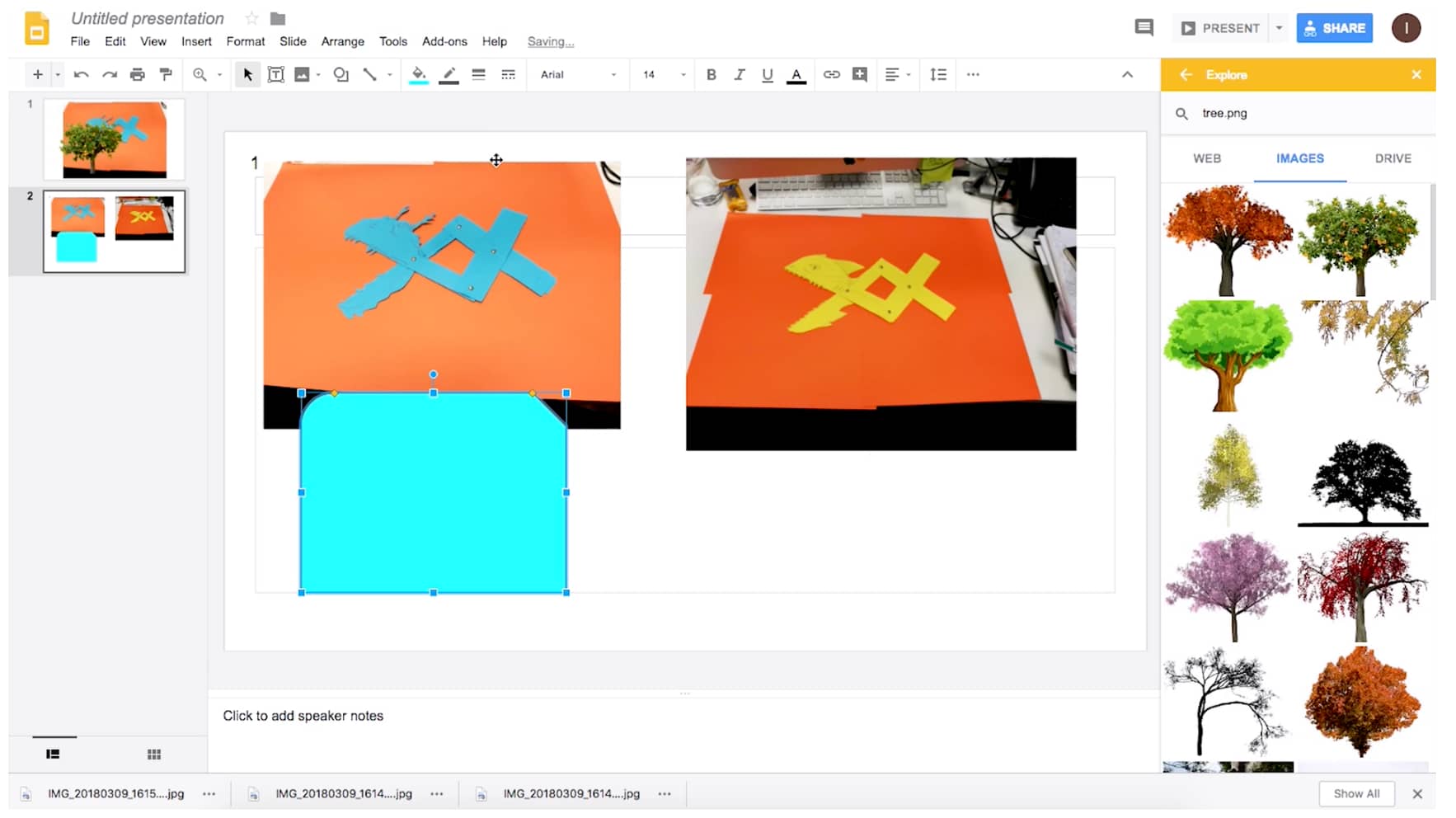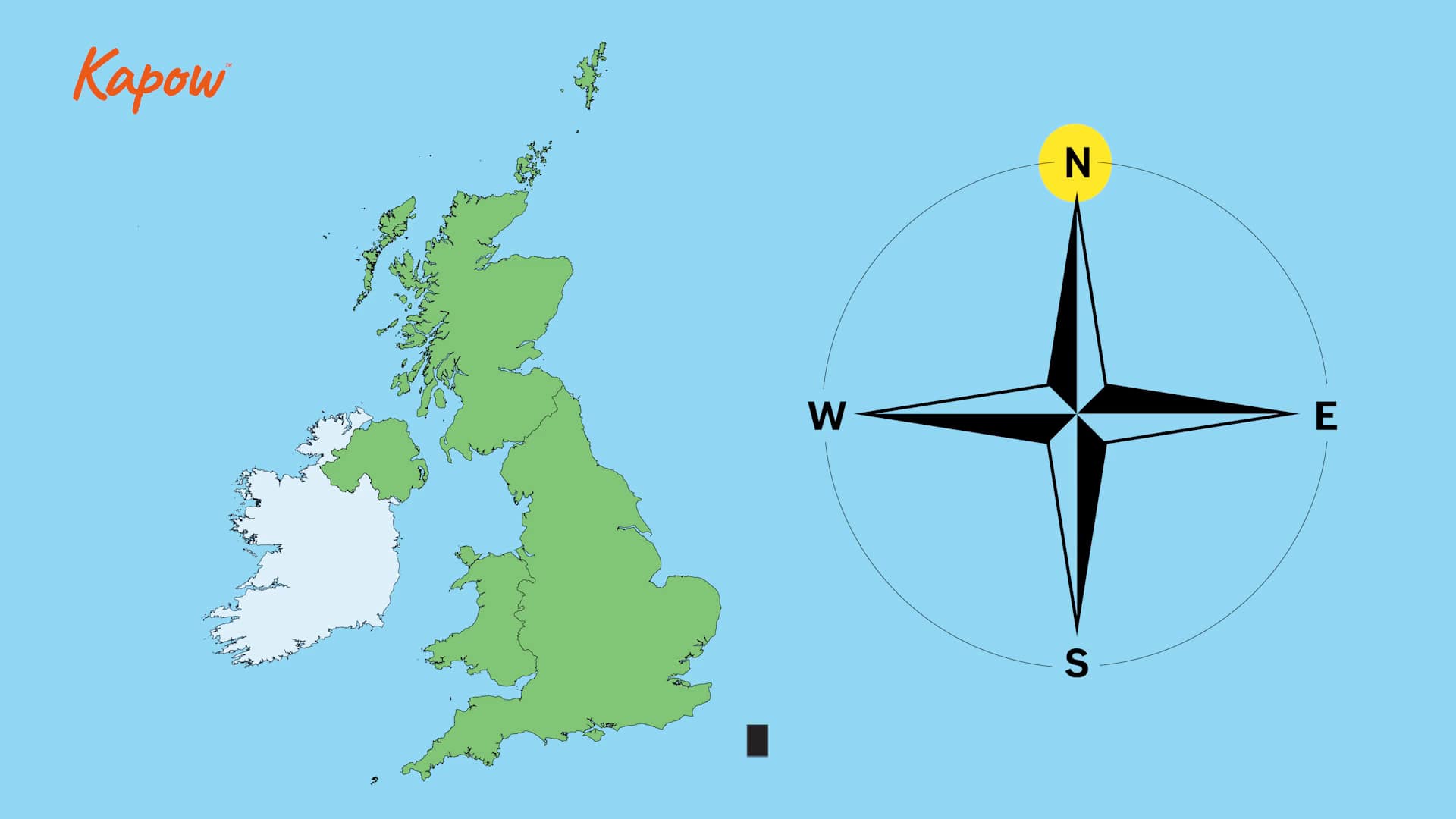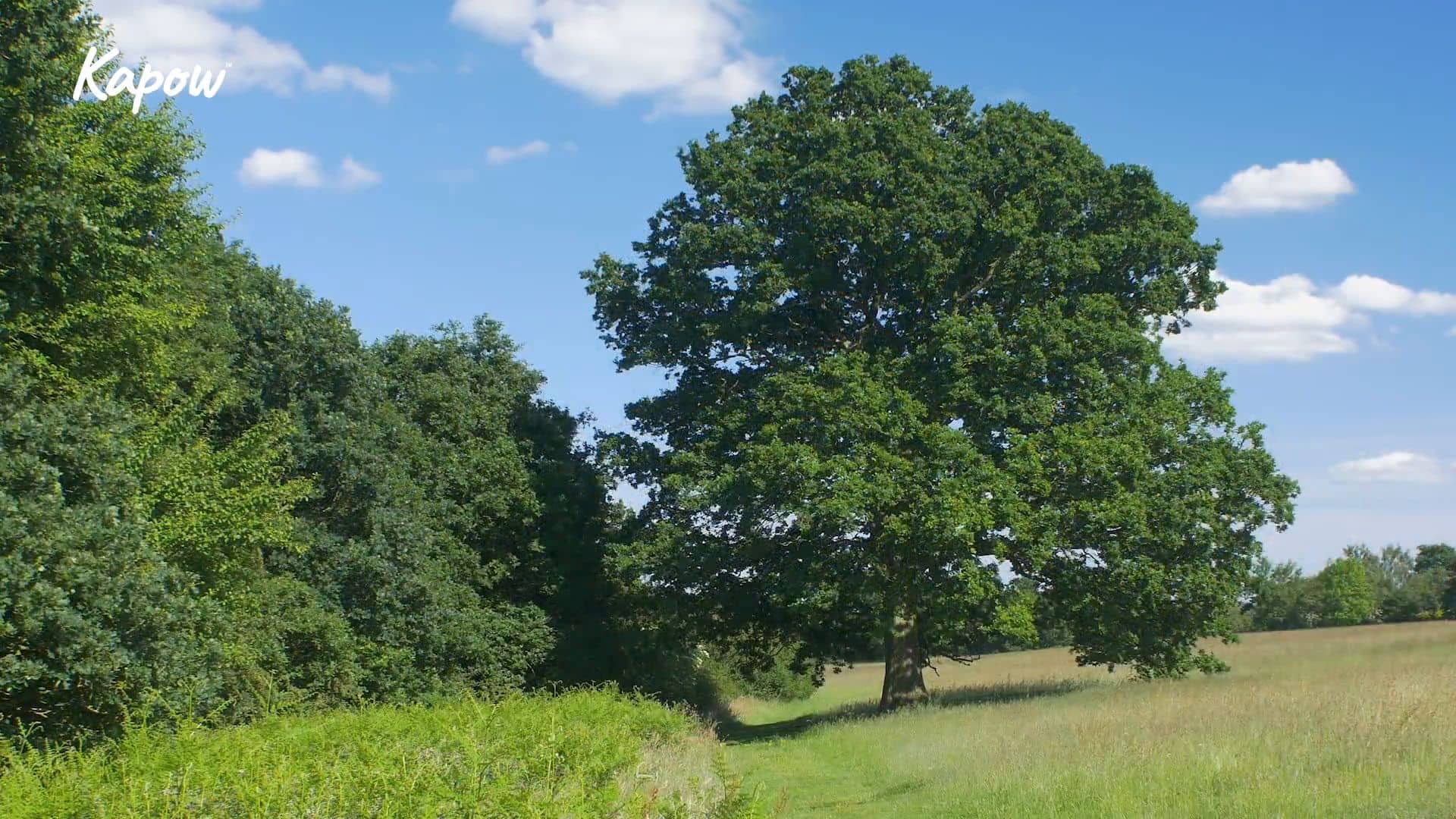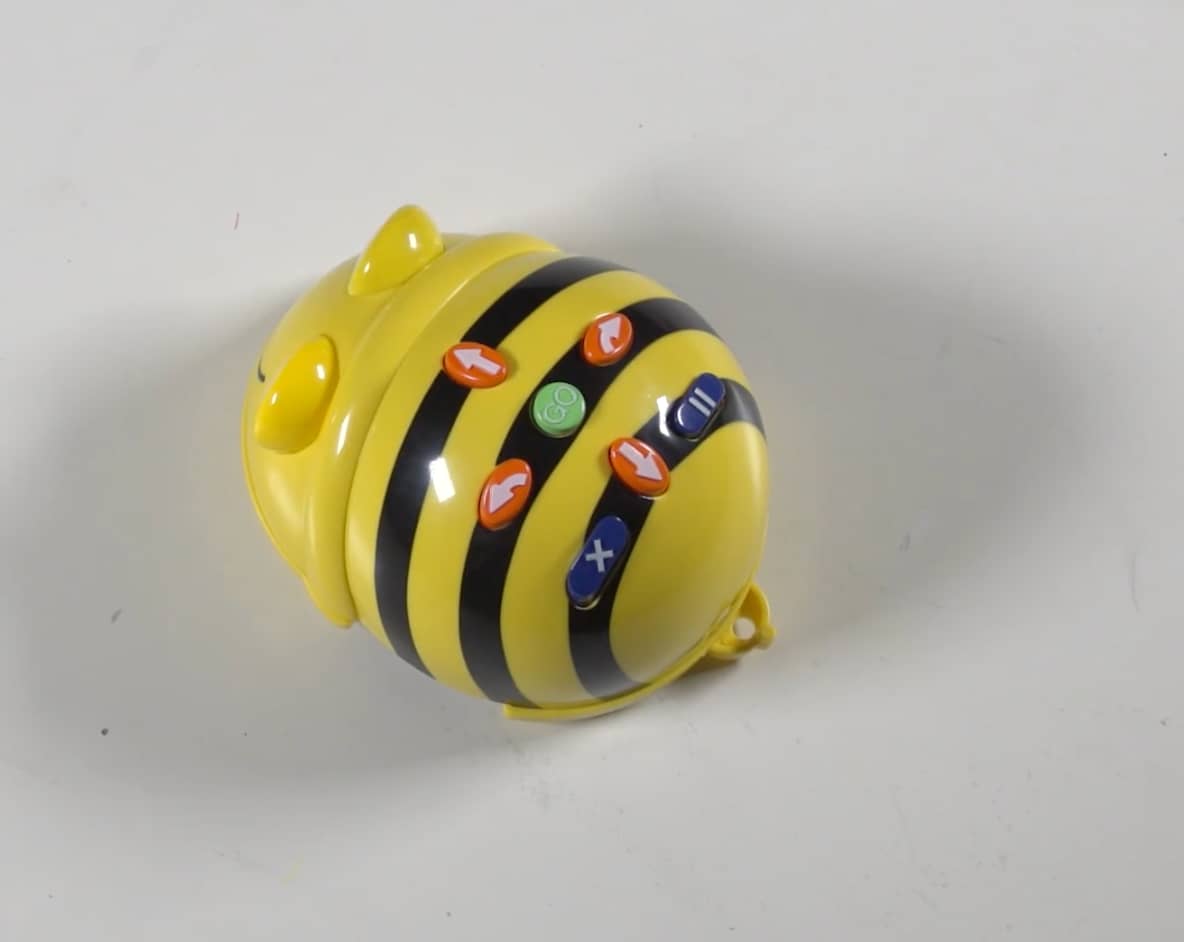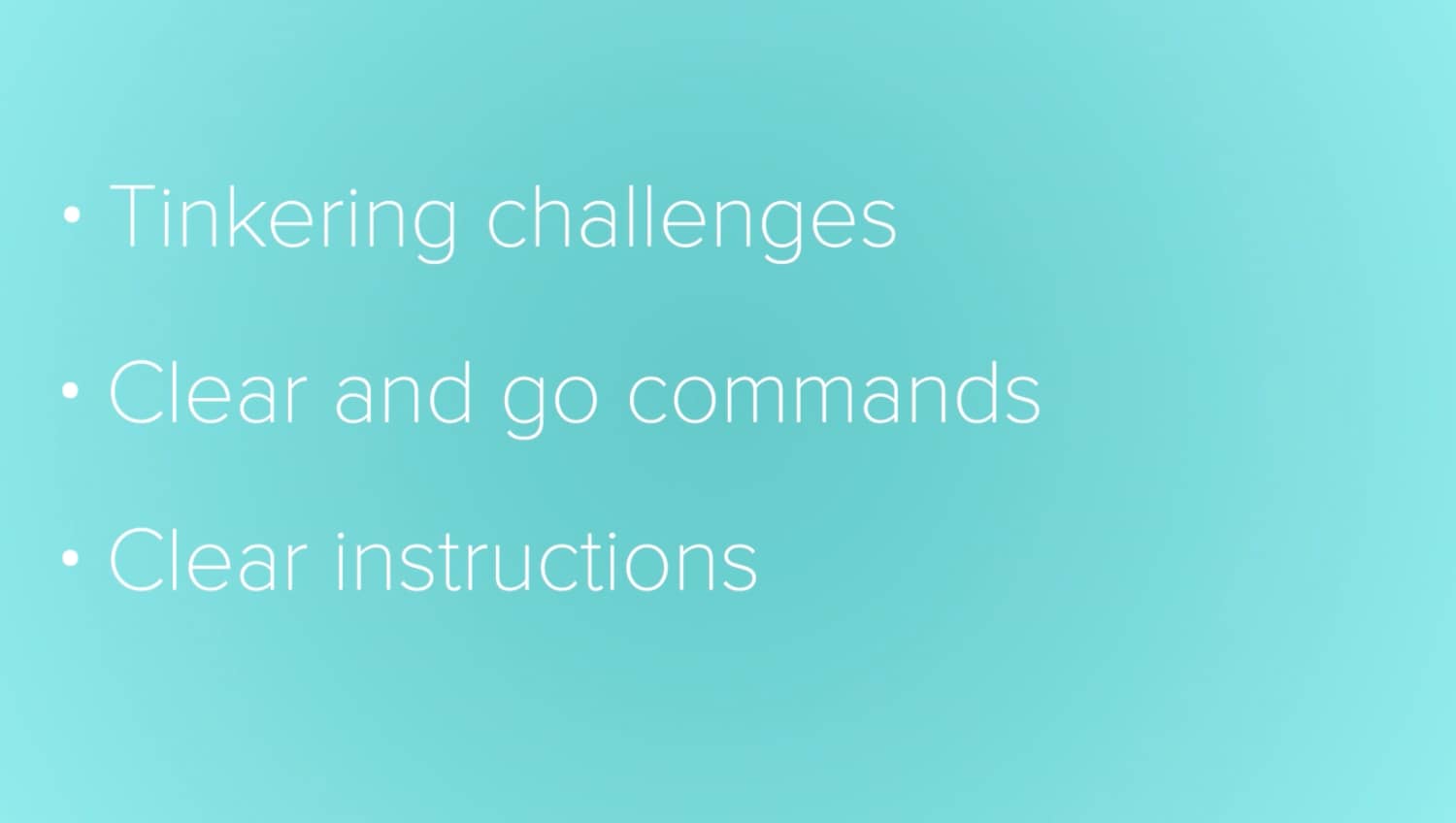This video helps teachers guide the children in creating branching databases using JIT5, reinforcing classification, data organisation and scientific vocabulary.
year: Year 1
Teacher video: Representing data
This video helps teachers guide the children in representing data visually using JIT5, creating pictograms, tables and charts to explore and present information.
Teacher video: Photo collage
This video helps teachers guide the children in creating a photo collage in Google Slides, combining images, text and shapes to tell a story while reinforcing digital skills.
Pupil video: What is a compass?
Pupils learn how to use a compass and the four main compass points to describe direction and develop early map-reading skills.
Pupil video: Weather and seasons
Pupils explore weather, seasons and climate, learning how temperature, clothing and daily activities are affected by different weather conditions throughout the year.
Teacher video: Three little pigs
This video guides teachers in helping the children combine programming with storytelling, introducing debugging and building confidence in problem solving.
Teacher video: Bee-Bot world
This video helps teachers guide the children in designing and programming their own Bee-Bot maps, reinforcing clear instructions and creative problem solving.
Teacher video: Precise instructions
This video guides teachers in helping the children understand algorithms and programming through a hands-on Bee-Bot activity that emphasises precise instructions.
Teacher video: Fieldwork in Key Stage 1
This video is part of Kapow Primary’s Geography – Fieldwork resources. supporting teachers to plan, scaffold and deliver purposeful enquiry in the early years of geographical learning.

